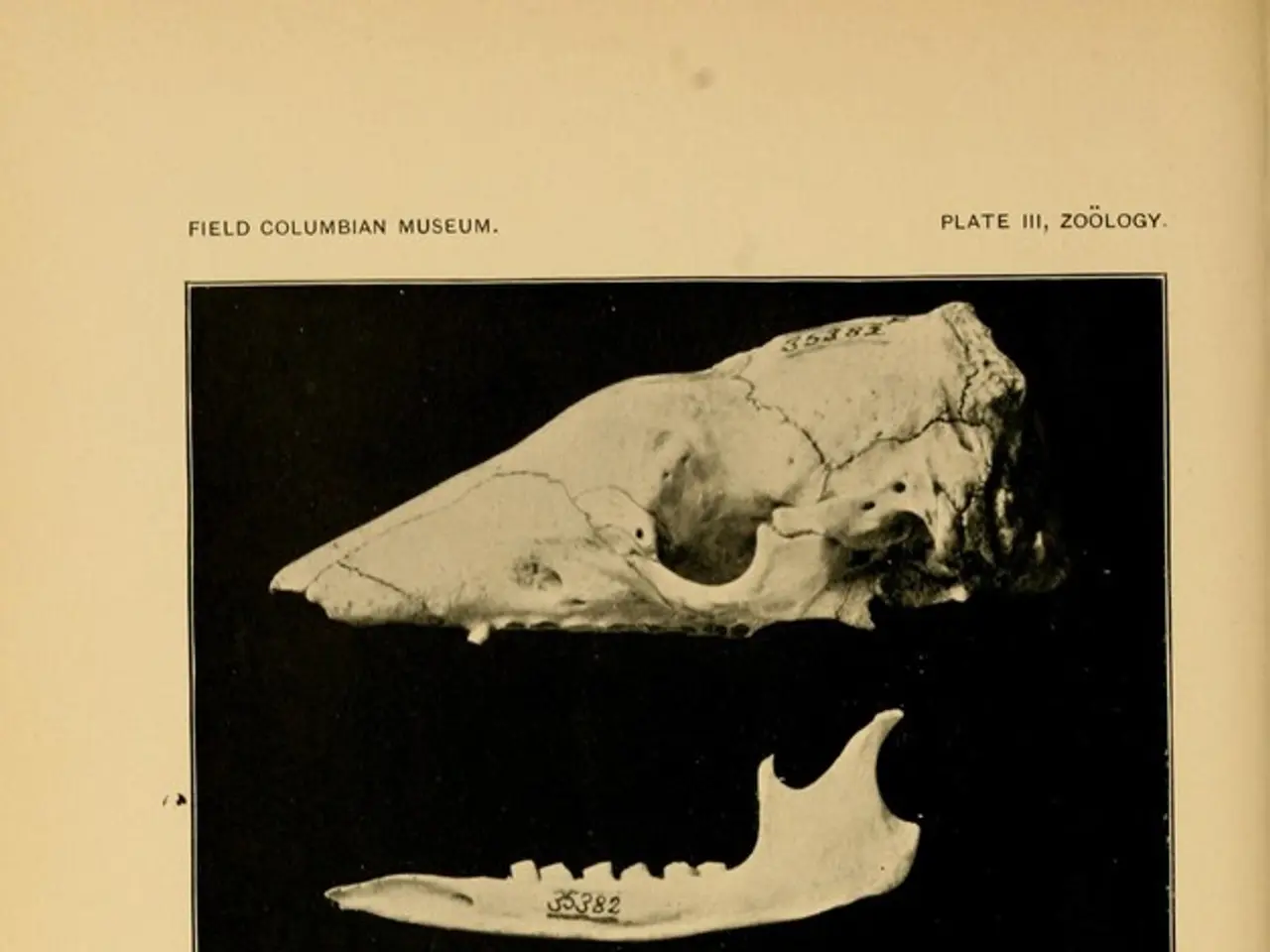Specialists in Gemstone Analysis: Role of Gemologists in Authenticating Precious Stones
In the intricate world of gemstones, modern gemologists wield a powerful arsenal of tools and techniques to authenticate and identify precious stones with unparalleled precision. From refractometers to UV lights, spectrometers, and X-ray instruments, these experts employ a sophisticated suite of technologies to uncover the hidden secrets of gemstones.
One of the primary methods used by gemologists is the measurement of the Refractive Index (RI), using instruments called refractometers. By measuring the refractive index of a gemstone, gemologists can confirm if its optical properties match those of known natural gems, providing a crucial starting point in the identification process.
Spectroscopy, another essential tool, offers insights into a gemstone's authenticity and treatments. UV–VIS–NIR spectrometers detect specific wavelengths and patterns, helping distinguish natural stones from synthetic or artificially enhanced ones. Moreover, exposure to UV light causes gemstones to fluoresce differently, providing a non-destructive diagnostic tool for distinguishing between natural and synthetic stones.
Microscopic examination plays a pivotal role in the identification process. Using microscopes or high-powered loupes, gemologists examine internal inclusions, fractures, and growth patterns. These unique characteristics can indicate geographic origin or whether the gem is natural or synthetic. This technique is also used to detect treatments.
Advanced labs may apply X-ray diffraction or fluorescence to analyze internal structure and elemental composition, aiding in confirming authenticity and identifying treatments or synthetics that are difficult to detect otherwise.
Clarity grading and segmental examination are also crucial steps in the identification process. Gemologists perform a thorough examination, noting all relevant internal characteristics, to grade the gem and detect enhancements or synthetic traits.
Orientation and cutting techniques, while primarily used in gem cutting, also support authentication by understanding internal features and maximizing yield while preserving natural characteristics. Knowledge of rough stone features informs identification as well.
Professional certification from accredited gemological institutes, such as the GIA, is often the final assurance of authenticity. These institutes combine these scientific methods into a reliable assessment, producing a certificate that verifies the gemstone's authenticity and includes detailed information like the type of gemstone, its origins, treatments if any, and the grading based on standardized systems.
The importance of gemologists extends beyond identification. They stand as a bulwark against the trading of 'blood diamonds' and other unethical practices in the industry by ensuring that gemstones are ethically sourced. Adding to the complexity are treatments that can improve the appearance of gemstones, sometimes mimicking other, more valuable, stones.
In today's market, ethical sourcing and sustainability have become as valuable as the gemstones themselves. A correctly identified gemstone allows for appropriate determination of its value, affecting marketing, selling, appreciation, and use. A professional gemological consultation is invaluable for those involved in the gemstone industry or considering investing in a precious stone, as it can assure that investments are sound, ethical, and lawful.
Knowledge isn't just power; it's also responsibility, as it helps in making informed choices and supporting ethical practices in the industry. By embracing modern techniques and technologies, gemologists continue to safeguard the authenticity, ethics, and value of the world's precious gemstones.
[1] "Gem Identification," Gemological Institute of America, https://www.gia.edu/gem-identification [2] "Gem Testing," International Gem Society, https://www.gemsociety.org/article/gem-testing/ [3] "Inclusions," American Museum of Natural History, https://www.amnh.org/explore/science-topics/mineralogy/mineral-inclusions [4] "Clarity Grading," Gemological Institute of America, https://www.gia.edu/gem-clarity-grading [5] "Gem Cutting," Gemological Institute of America, https://www.gia.edu/gem-cutting
- In the realm of health-and-wellness and mental-health advocacy, gemologists demonstrate the importance of ethical practices by ensuring the ethical sourcing of gemstones, preventing the trade of questionable or unethically obtained stones.
- The expertise of gemologists extends beyond the field of science, as their work in gemstone identification harbors a significant impact on the science of health-and-wellness, guiding consumers to make informed choices about the ethical origin of their precious stones.




